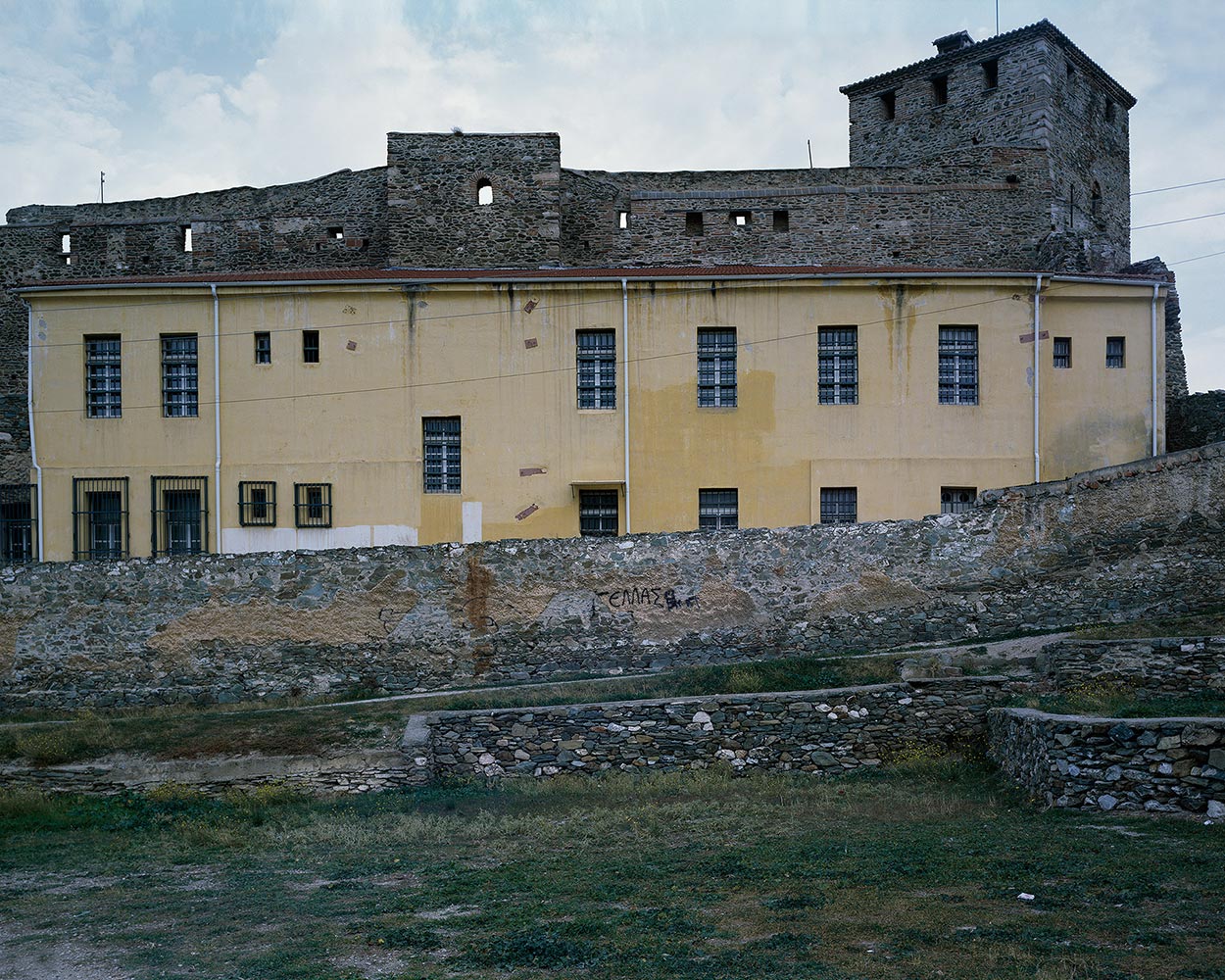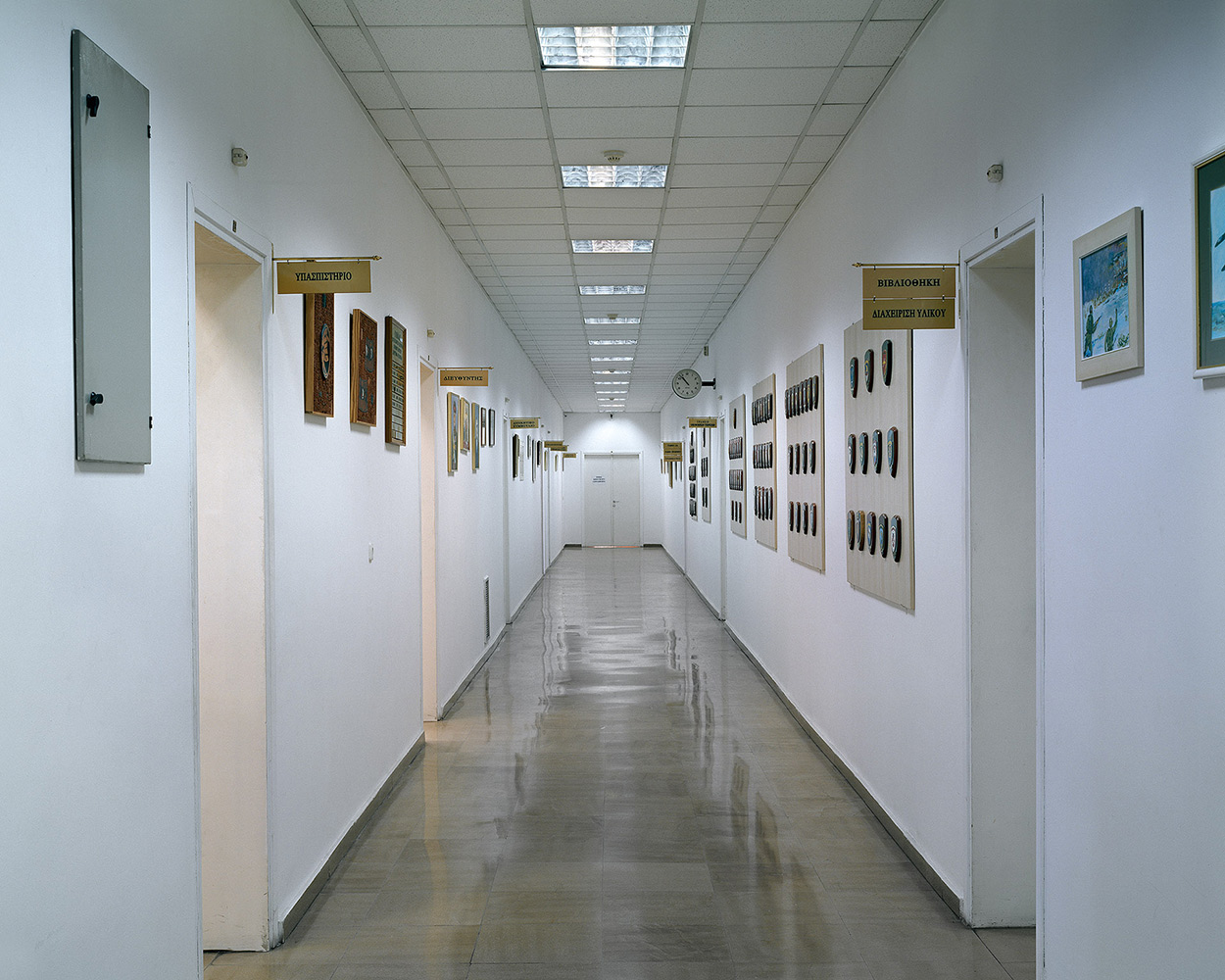 Paris Petridis _
commissions /
publications /
about
Paris Petridis _
commissions /
publications /
about
Souvenir de Salonique
“But isn’t every spot in our cities the scene of a crime?”, wonders Walter Benjamin in a Little History of Photography (1931), discerning in the contemporary urban dystopia its twin sister: crime.
Thessaloniki is a rare example in History as it embodies a continuity of civil life for more than two millenniums. Here: Sites of Violence in Thessaloniki is a sequence of photographs that are based on research into violent acts performed in public during the long history of the city.
In themselves, the photographs document ongoing neglect in an unhistorical progress report. These are landscapes of the city and its fringes, landscapes of the sort that never warrant a second glance. There are no phantasmagorias, no neighbourhoods either; only signs of distorted development and uneven progress that are symptomatic of all east Mediterranean cities.
Next to the captions, the photographs act as counterpoints. If the captions recall memory and rupture, the photographs support forgetting and normalcy. Condemned to operate in the present —and thus unable to depict the past reality—, photography can only represent the real of its absence. The very absence of the human presence in the series is a visual device that can bring us closer to the lack, to the irreparable loss.











